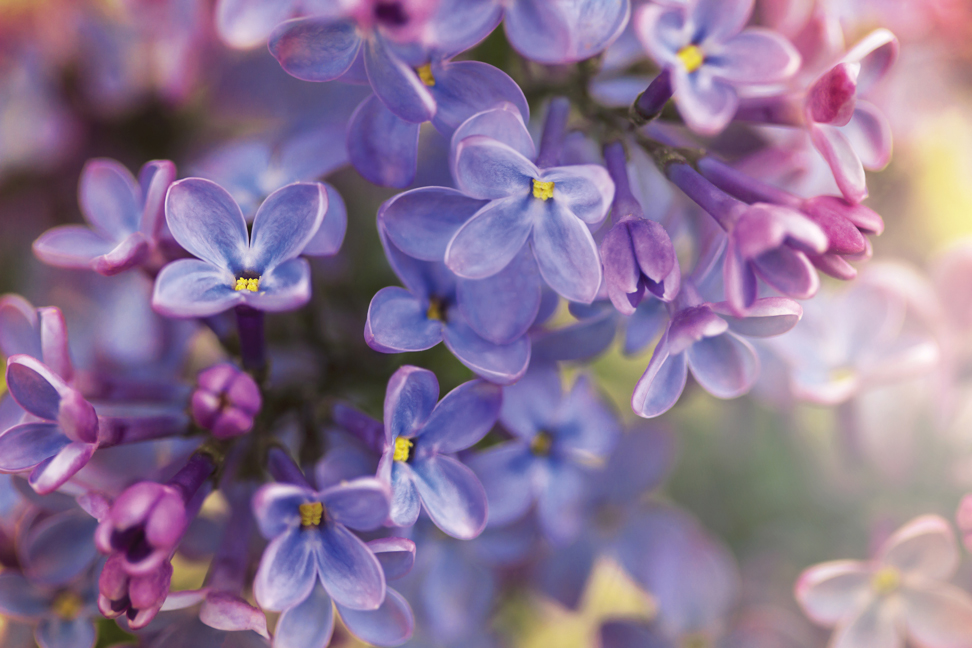Q. It has occurred to me that tomato cages should be cleaned somehow before placing them around a new plant. I’ve never done it before. Can tomato diseases over-winter on them?
A. I don’t believe you should be overly concerned about any diseases that might carryover from year to year. The surface of metal or painted tomato cages is quite sterile, so it’s very unlikely the right environment exist for any problems. With wooden supports or if there is organic debris still on the cages, there might be issues. Early and Late Blight is the primary diseases you’re looking to prevent. Cool to mild temperatures and wet conditions create the right condition for these diseases. The last time this could have been a problem was in 2010. That being said, it certainly would not hurt to disinfect your cages along with any plastic, and or wooden containers. You’ll need to remove any of the left over debris from last year, as the Blights requires visible plant residue to over-winter. Next wipe the supports down with a mixture of water and household bleach. The ratio for this simple disinfectant is nine parts water to one part bleach. You also could apply the solution with a pump spray bottle and then wash it off. The disinfectant should be dripping off the cages. Since your using bleach, it’s recommended that you wear old clothes and gloves. The cages should then be left to air dry in the afternoon sun, overnight. Clorox Disinfecting Wipes can be used for those cages already in place. And finally, a thick layer of mulch can prevent the fungal spores from splashing on the plants. With tomatoes, we don’t have to worry about planting them too deep, as they will produce roots off the buried portion of the plant.
Q. I haven’t had any luck finding out how to prune an old fashioned lavender lilac. It’s a baby from one that would be about sixty years old now. I‘ve always taken the old or dea d wood off but I need to find out how to get longer stems with the larger blooms?
d wood off but I need to find out how to get longer stems with the larger blooms?
A. Lilacs are not that difficult to prune they done require any special technique, as they’re pruned to shape. I would stand back and eyeball the plant to see what needs to be done. It is very subjective and they’re pruned in the spring after flowering. Lilacs bloom on the current year’s growth. Pruning and the time of the year it’s done shouldn’t have any effect on the stem length or the size of the blooms. These are genetic characteristics. Those plants propagated from another plant part will be identical to the parent. Those started from seeds will not. So, long stems and larger flower clusters may not be in this plant future if the original plant didn’t have them to start with. To encourage the growth, feed after pruning with 16-16-16 and then see what develops next spring, as there isn’t much else you can do.
Buzz Bertolero is Executive Vice President of Navlet’s Garden Centers and a California Certified Nursery Professional. His web address is www.dirtgardener.com and you can send questions by email at dirtgarden@aol.com or to 360 Civic Drive Ste. ‘D’, Pleasant Hill, Calif. 94523 and on Facebook at Facebook.com/Buzz.Bertolero
Leave a Reply